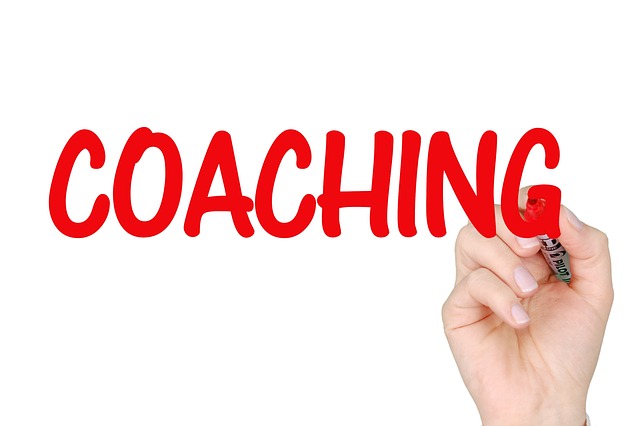
Elevating HR: Harnessing Science and Technology for Formal Team Dynamics Development in the Workplace
The landscape of human resources is rapidly evolving, driven by the dual forces of science and technology. As organizations strive for maximum efficiency and employee satisfaction, the importance of formal team dynamics development becomes pronounced. In a workplace where collaboration and communication are crucial, understanding these dynamics is essential for nurturing a positive and productive culture.
Science plays an important role in understanding team behaviors and relationships. By applying psychological principles, HR professionals can better assess how individuals interact within a team setting. Studies in social psychology reveal insights into group dynamics, emphasizing the importance of trust and communication. For example, researchers found that teams with high levels of trust tend to outperform those that do not prioritize interpersonal relationships. By utilizing scientific research, HR leaders can implement training programs designed to enhance collaboration, ultimately leading to more effective formal team dynamics development.
On the technological front, innovative tools have transformed how teams work together. With platforms that facilitate project management, communication, and real-time collaboration, the traditional barriers to effective teamwork are being dismantled. Software solutions like Slack, Zoom, and Asana have created virtual environments where team dynamics can flourish. These tools not only streamline processes but also bolster relationships among team members, supporting an agile and adaptable workplace culture.
Integrating science and technology within HR processes allows organizations to create a more cohesive workplace. By leveraging data analytics, HR can identify patterns that contribute to success or failure in team dynamics, helping them to tailor specific interventions. For instance, predictive analytics can reveal potential conflicts before they escalate, equipping managers with the insights needed to foster better communication and collaboration within teams.
Moreover, workplace culture is an essential element of formal team dynamics development. Organizations committed to fostering a positive culture will often see a direct correlation with employee engagement and satisfaction. By promoting values such as inclusivity, diversity, and open communication, HR can cultivate an environment where team dynamics can thrive. The integration of science and technology enhances this cultural framework, making it easier to implement strategies that reinforce group cohesion.
The synergy between science, technology, and workplace culture is paramount in shaping the future of HR. As organizations continue to evolve, those that prioritize formal team dynamics development will likely enjoy sustainable success. By embracing the power of research and innovative tools, HR leaders can not only enhance team performance but also create a workplace where employees feel valued and empowered. Implementing thoughtful strategies that bring together these elements can lead to a flourishing organizational culture, setting the stage for long-term growth and productivity.



